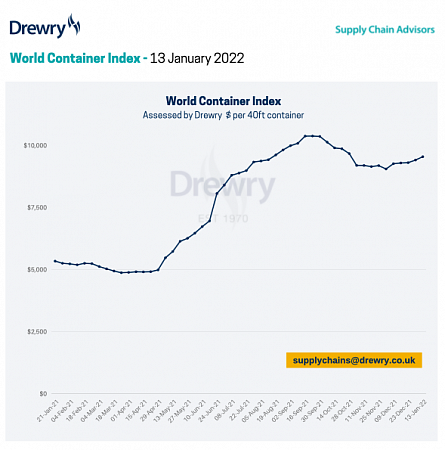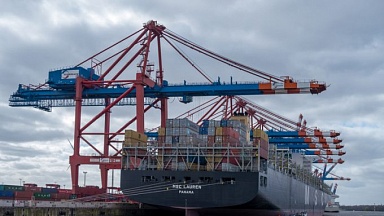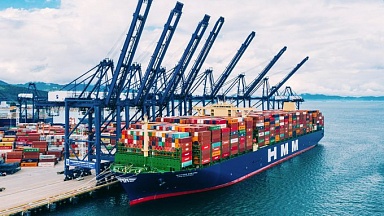Detailed assessment for Thursday, 13 January 2022
- The composite index increased by 1.4% this week, and, remains 82% higher than a year ago.
- The average composite index of the WCI, assessed by Drewry for year-to-date, is $9,477 per 40ft container, which is $6,613 higher than the five-year average of $2,864 per 40ft container.
- Drewry’s World Container Index composite index increased 1.4% to $9,544.66 per 40ft container, and is 82% higher than the same week in 2021. Freight rates from Shanghai — Rotterdam gained 3% or $370 to reach $14,028 per 40ft box. Similarly, rates from Shanghai — Los Angeles and Shanghai — New York surged 1% and 2% to reach $10,621 and $13,771 per feu respectively. However, rates from Rotterdam — Shanghai and Rotterdam — New York fell 2% and 1% to reach $1,524 and $6,233 per 40ft container respectively. Rates on Shanghai — Genoa, Los Angeles — Shanghai and New York — Rotterdam hovered around previous weeks level. Drewry expects rates to climb higher in the coming week.




